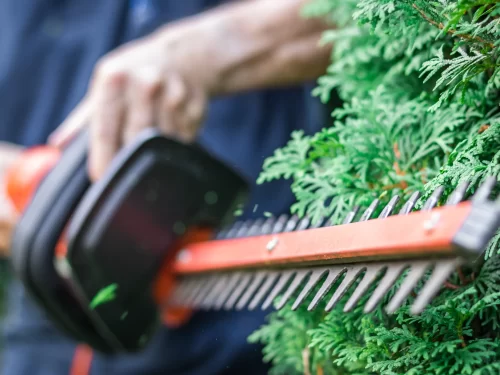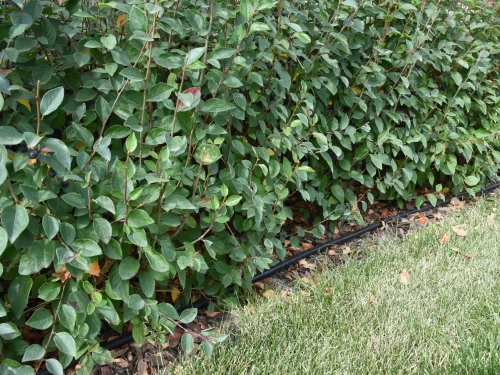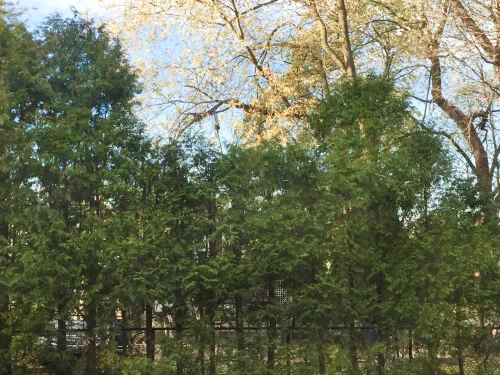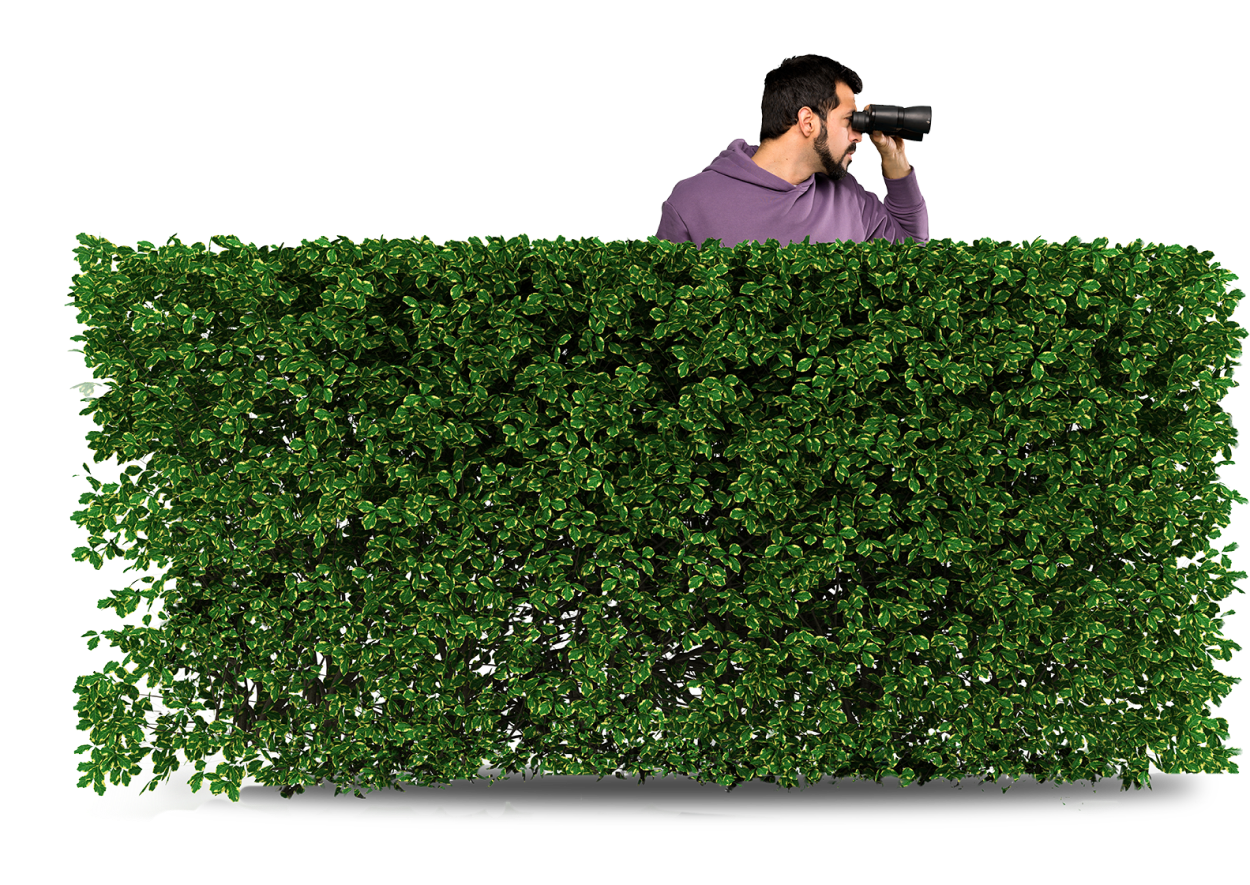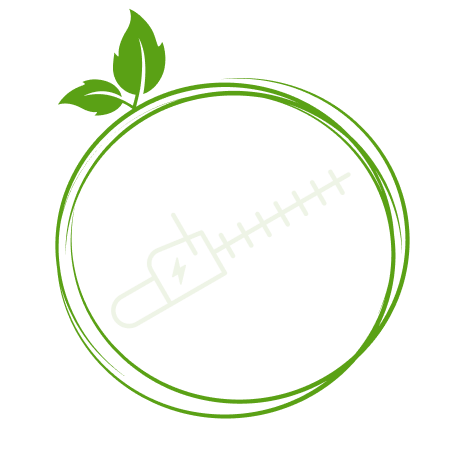Tips for maintaining your hedge
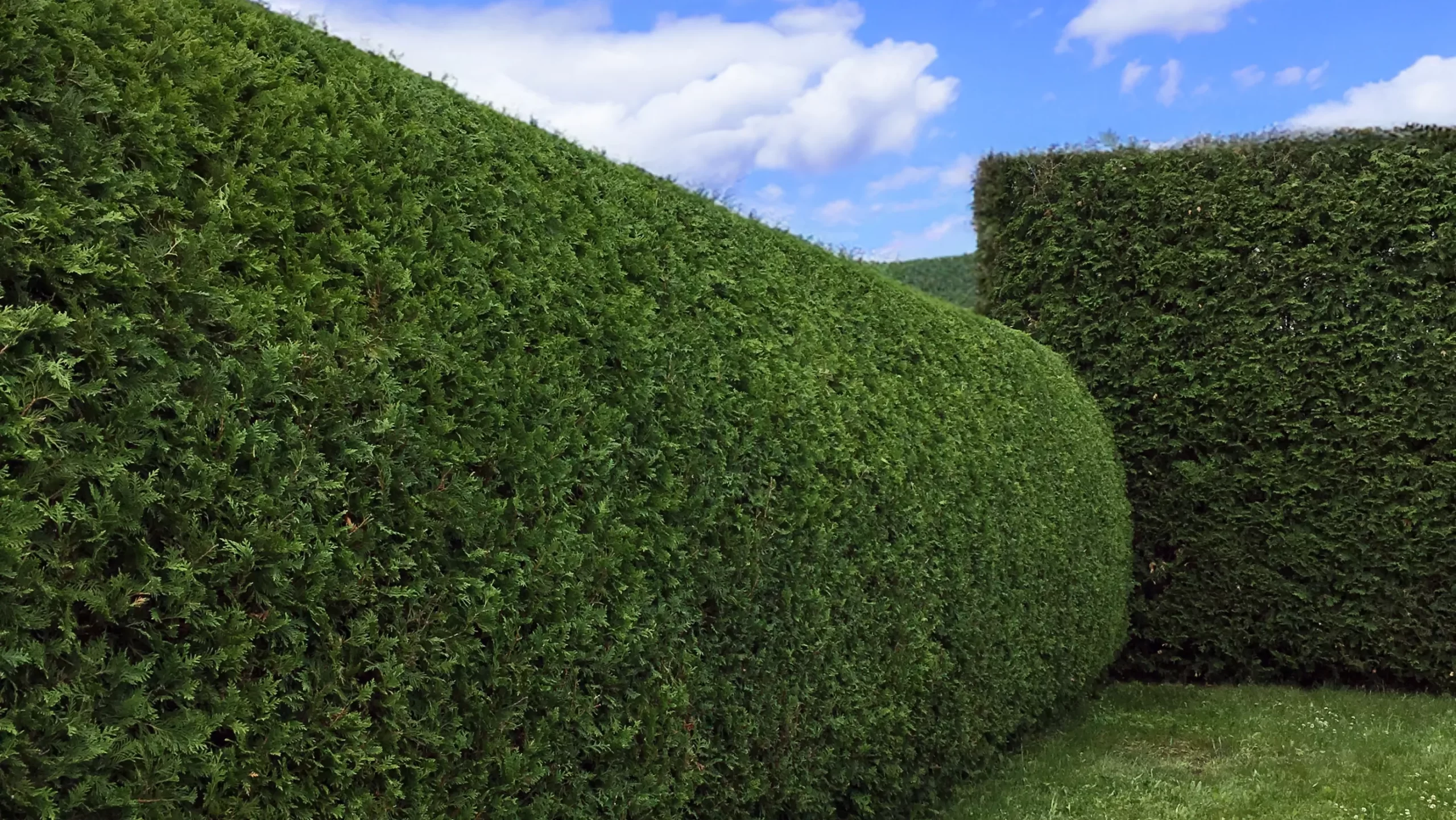
Best time to trim cedar hedges
It is advisable to trim your hedge at least once a year between mid-April and mid-November. Although the annual growth of cedar takes place between May and July annually, this time is not of ultimate importance. It is rather essential to trim at the same time, year after year. Your hedge will then keep its proper size, and neither more nor less than the annual growth will be removed, preserving the density and the greenness of the hedge. At Paysaco, we keep our customers’ maintenance history in their account to suggest the most appropriate time for the next cut.
Did you skip a season? This is not the end of the world. By trimming early in the season, before the annual growth, we can get rid of the growth of the previous season. It will then be recommended to schedule two visits in the season, according to the growth cycle of the cedar.
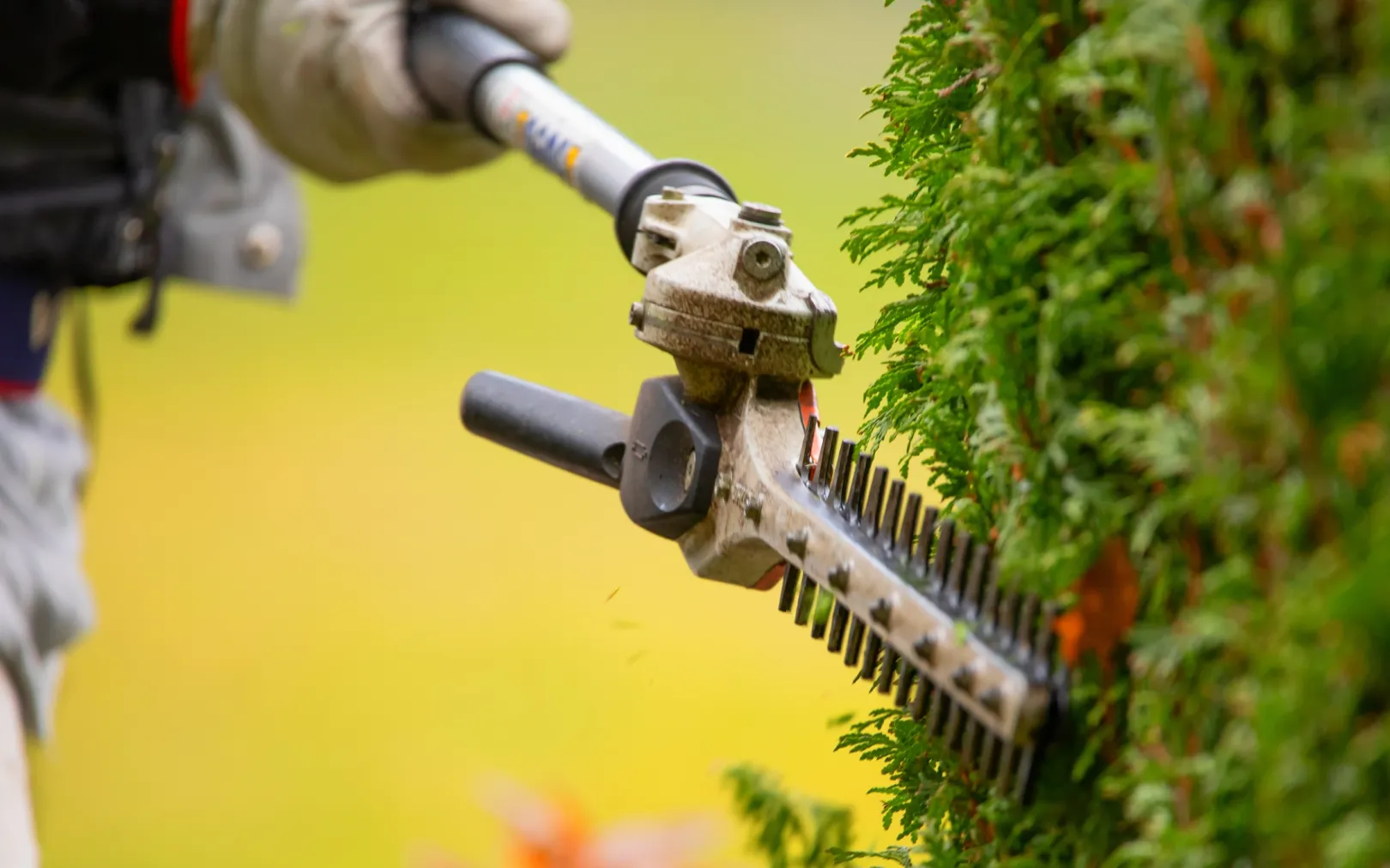
Why trim your cedar hedge?
Regularity in the maintenance of your hedge offers several benefits. First, it preserves the size of your hedge, not encroaching too much on your land. A careful annual cut will also enhance your property, in addition to making your hedge vigorous, healthy and of a beautiful colour. Indeed, the annual trimming of your hedge allows light to penetrate the foliage, thus promoting its growth. Water, sun, and regular maintenance are three essential elements for obtaining a dense hedge, offering coolness and privacy.
Why is my hedge sparse, yellow, or deteriorated?
Despite the diligent maintenance of your hedge, it is possible that it may look yellowish, sparse or that you may see some deterioration over time.
This can be due to several factors that you need to analyze, because it is case by case. Here are some examples of plausible explanations.
- Was your hedge once planted near a large-growing tree? Has this tree grown over the years, depriving your hedge of sun and water?
- Is your hedge planted very close to a swimming pool? Does the splashing water reach the hedge, sending it chlorine or salt? Is there a leaky pipe or water loss at the skimmer near the hedge? Have you drained your pool near your hedge?
- Is your hedge infested? The cedar leaf miner is one of the most common pest insects in Quebec. Normally, this pest attacks new growth. An annual cut would then solve the problem. If the problem persists, there are insecticides to spray.
- Did your new hedge survive its transplant? Often, young cedars do not survive the transplant. They will then have to be replaced the following year. Some hedge planting service providers offer a warranty on their work. Something to check before hiring a company.
- Normal autumnal yellowing or reddening: often, but not every year, cedars can turn yellow and lose up to 30% of their shoots in the fall. They make way for new foliage for the following year. It varies according to the climate of the summer season, from year to year. In these cases, although the yellowing can be impressive, there is no need to worry and all you have to do is wait patiently for the annual growth of the following summer season to get your beautifully filled cedars back.
- Are there vines nearby? The vine is the enemy of the hedge. It will smother the light your hedge needs to stay alive. When you will want to remove the vine or other invasive plant, you will end up with a holey hedge. We advise you to regularly remove any invasive leafy plants as the summer progresses.
Young hedges
After planting, you must wait one or two seasons before proceeding to the first trim of a new hedge. This waiting period will allow the root system to take place and will ensure its vigor and durability. The first trim of a hedge should be light, and the following trims should be regular, annually or biannually, to give it the desired shape and density.
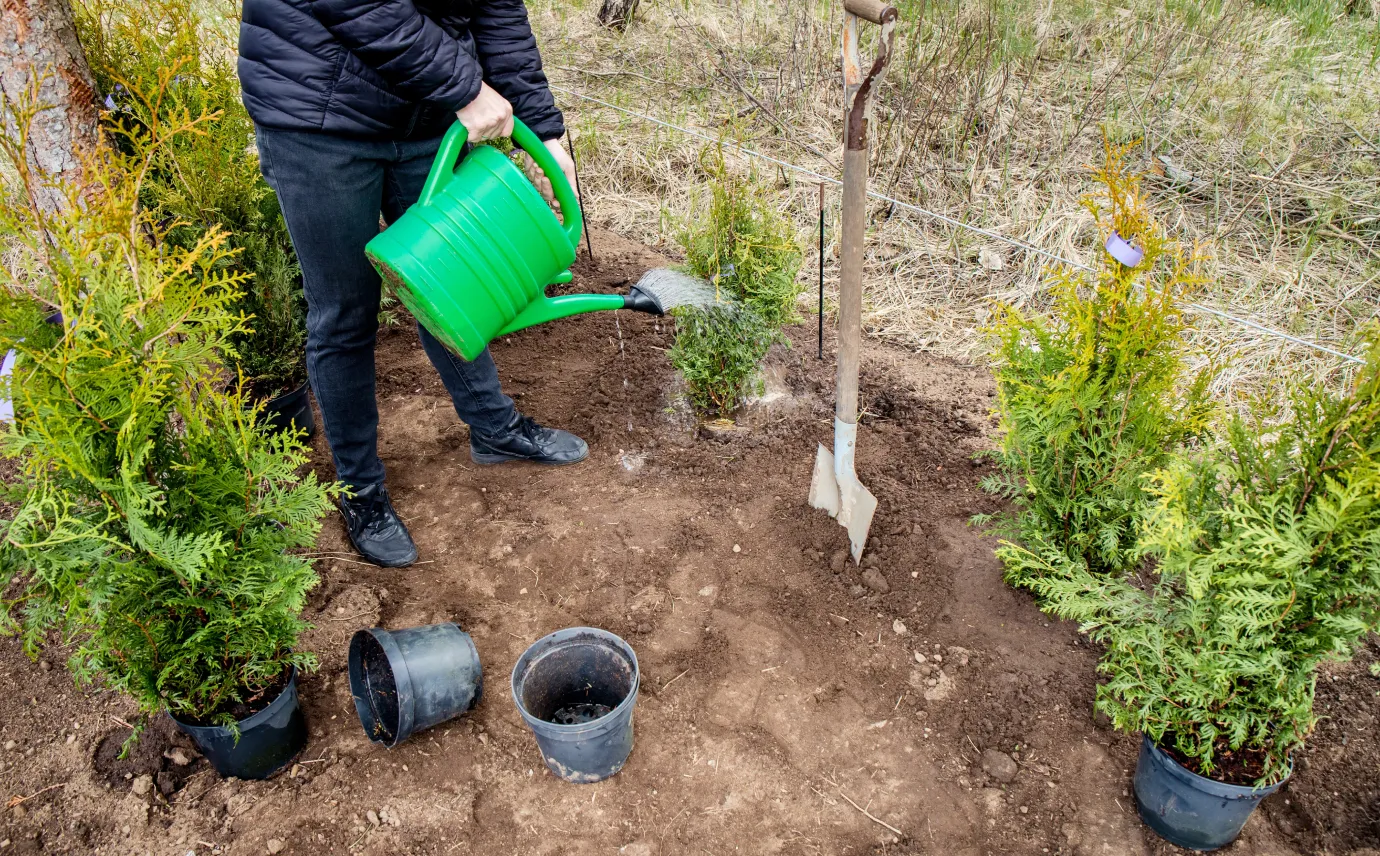
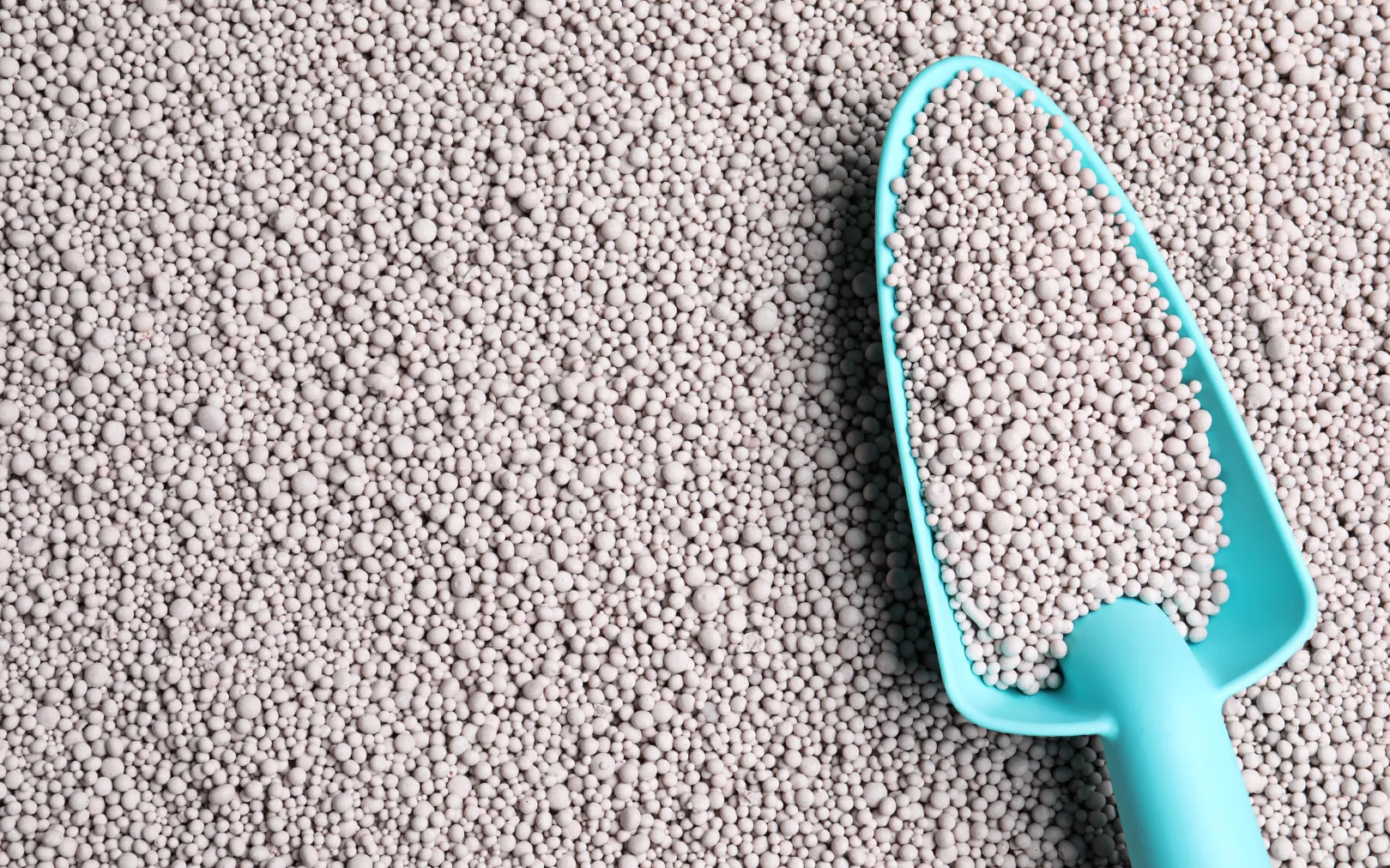
Fertilization
Using a fertilizer designed specifically for hedges, shrubs and conifers will allow your hedge to gain strength, density and growth, but will also protect it against the various stresses caused by heat waves, extreme cold and pest insects. Paysaco uses a controlled-release granular fertilizer that lasts up to five to six months. This type of fertilizer is applied once a year on the surface and is covered with a resin that gradually dissolves over several months. This encourage rooting and growth of hedges and is ideal for revitalizing poor soils.
